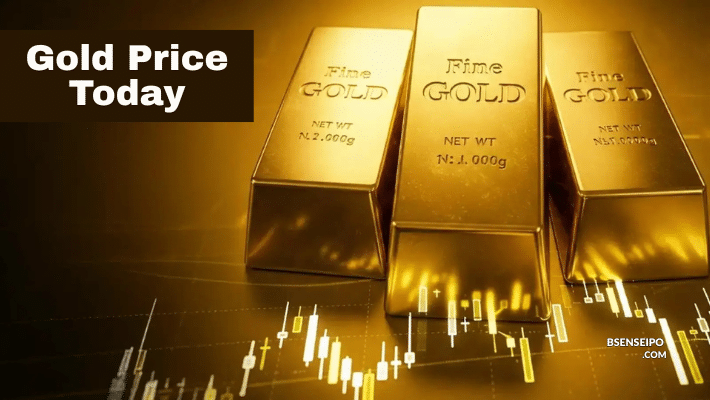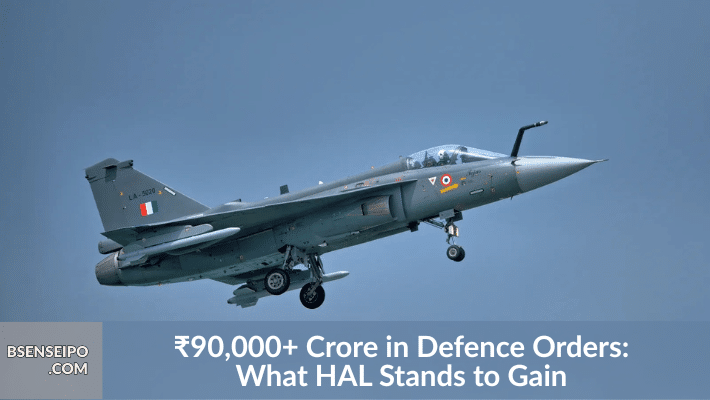Today’s Gold and Silver Prices: City-wise Rates and Market Analysis
Gold Price Today (Oct 26, 2025): Precious metal prices in India are dynamic, fluctuating daily based on a confluence of international and domestic factors. While the underlying price is set by global market movements, local factors like state taxes, octroi, and local demand create the city-to-city variations observed across the country.
The current market shows a period of high volatility, with both gold and silver having experienced significant rallies and subsequent profit-booking corrections recently. Gold continues to be a preferred safe-haven asset amidst global uncertainties, while silver’s dual role as both a precious and an industrial metal is driving strong demand, particularly from sectors like solar energy and electronics.
Current Gold Price Today (Per 10 Grams)
The following rates are approximate for today, Sunday, October 26, 2025, and represent the prices without including GST, TCS, and other local levies. Actual rates may vary by jeweler and time of purchase.
| City | 24 Karat (99.9% Purity) Price (₹) | 22 Karat (91.6% Purity) Price (₹) |
| New Delhi | ₹1,24,533 | ₹1,14,163 |
| Mumbai | ₹1,24,387 | ₹1,14,017 |
| Chennai | ₹1,24,381 | ₹1,14,011 |
| Kolkata | ₹1,24,385 | ₹1,14,015 |
| Bangalore | ₹1,24,375 | ₹1,14,005 |
| Hyderabad | ₹1,23,530 | ₹1,13,236 |
| Ahmedabad | ₹1,23,500 | ₹1,13,208 |
| Pune | ₹1,24,393 | ₹1,14,023 |
| Jaipur | ₹1,23,320 | ₹1,13,043 |
| Patna | ₹1,23,270 | ₹1,12,998 |
Note: The prices above reflect one of the most recent rate updates available, generally based on the Indian Bullion Jewellers Association (IBJA) benchmark and local variations.
Current Silver Price Today (Per Kilogram)
Silver prices have also seen considerable movement. The average retail price for 1 kilogram of 999 purity silver across major cities in India today is approximately ₹1,47,510 to ₹1,55,000.
Similar to gold, local taxes and regional demand cause minor fluctuations in silver prices between cities.
Market Analysis and Key Influencing Factors
Gold and silver, collectively known as bullion, are currently being driven by both global and domestic catalysts.
Global Market Drivers
- Geopolitical Uncertainty: Global tensions, trade wars, and political instability consistently push investors toward gold as a traditional safe-haven asset. This increased investor demand on international exchanges (like COMEX) translates to higher domestic prices.
- US Dollar and Interest Rates: Gold is typically priced in US dollars ($$). A weaker dollar makes gold cheaper for buyers using other currencies, boosting demand and pushing global prices up. Conversely, a stronger dollar or high US interest rates (which make dollar-denominated assets like Treasury yields more attractive) can exert downward pressure on gold.
- Central Bank Buying: Aggressive gold accumulation by central banks worldwide has provided a robust floor for gold prices, signaling strong institutional confidence in the metal.
Domestic Factors
- Rupee-Dollar Exchange Rate: Since India imports the majority of its gold, a weaker Indian Rupee (INR) against the US Dollar (USD) makes imports more expensive, directly increasing the local gold rate.
- Local Demand and Festivals: Demand surges significantly during peak seasons like wedding season and major festivals such as Diwali, Dhanteras, and Akshaya Tritiya. This seasonal spike in demand often leads to temporarily higher premiums and rates.
- State Taxes and Levies: Differences in State Goods and Services Tax (GST), local octroi, and other charges are the primary reasons for the city-to-city variation in the final consumer price.
Silver’s Unique Trajectory
Silver’s price movement is increasingly influenced by its industrial demand, which accounts for a substantial portion of its usage. The global push for a green transition—in sectors like solar panels, electric vehicles (EVs), and 5G infrastructure—has tightened supply, providing a strong structural support for its long-term price. This industrial element means silver can be more volatile than gold, responding not only to investor sentiment but also to manufacturing trends.
Purity Levels: What the Carats Mean
Indian gold rates are typically quoted in two major purities:
- 24 Karat (99.9% Pure): This is the purest form of gold, commonly used for bullion, coins, and bars for investment purposes. It is generally too soft to be crafted into intricate jewelry.
- 22 Karat (91.6% Pure): This is the most common purity for jewelry. It is an alloy where 91.6% is pure gold, and the remaining portion (usually copper, silver, or zinc) is added to increase hardness and durability, making it suitable for craftsmanship.
- 18 Karat (75% Pure): Often used for diamond jewelry, this composition provides even greater strength and a lighter weight.
Investing Outlook
Given the ongoing global economic uncertainties and central banks maintaining an accommodative stance, the medium-to-long-term outlook for gold remains generally positive. Investors often view periods of price correction, like those recently observed, as opportunities for value buying or re-entering the market for strategic long-term allocation. For potential buyers, it is crucial to monitor both the global spot price and the INR/USD exchange rate, and to always buy hallmarked gold to ensure purity.




